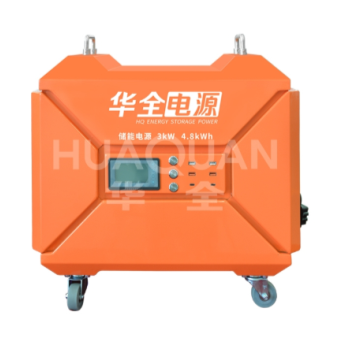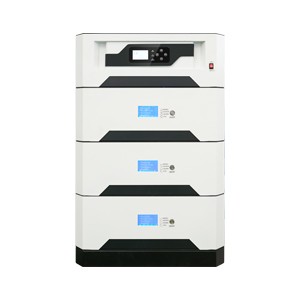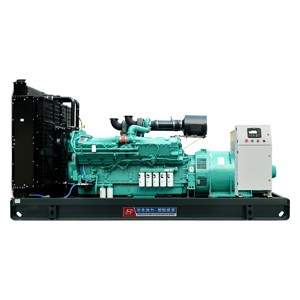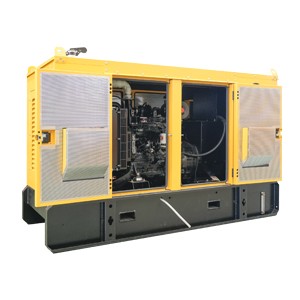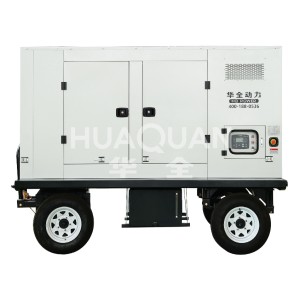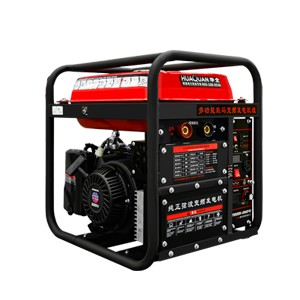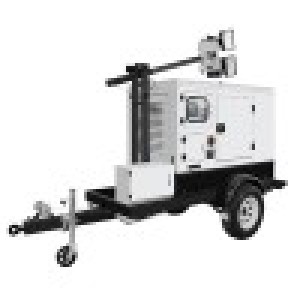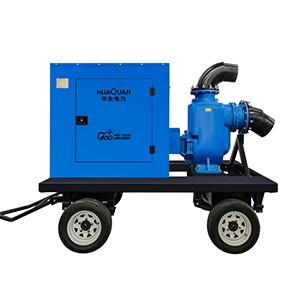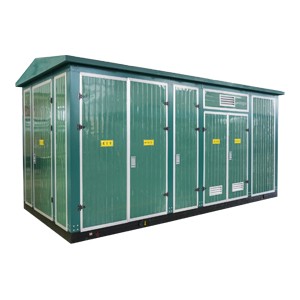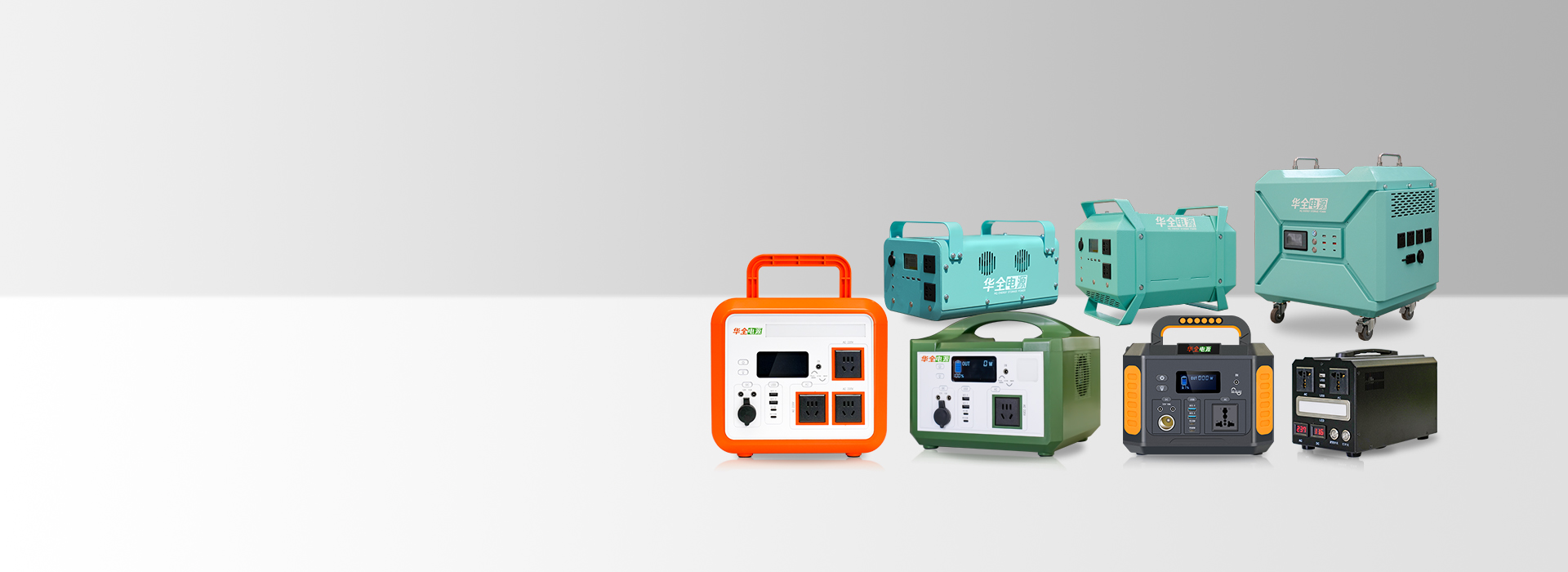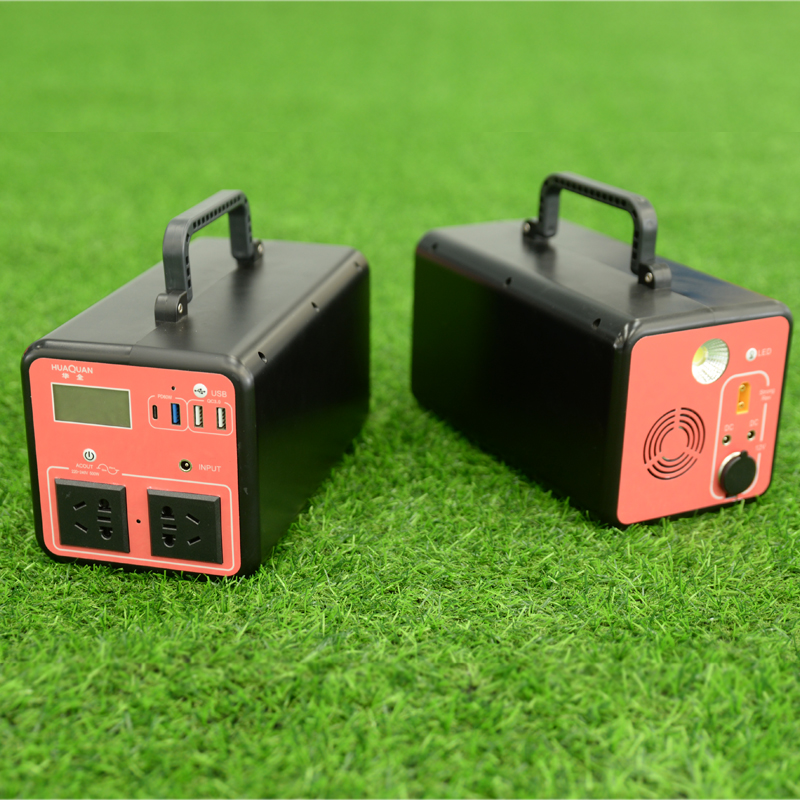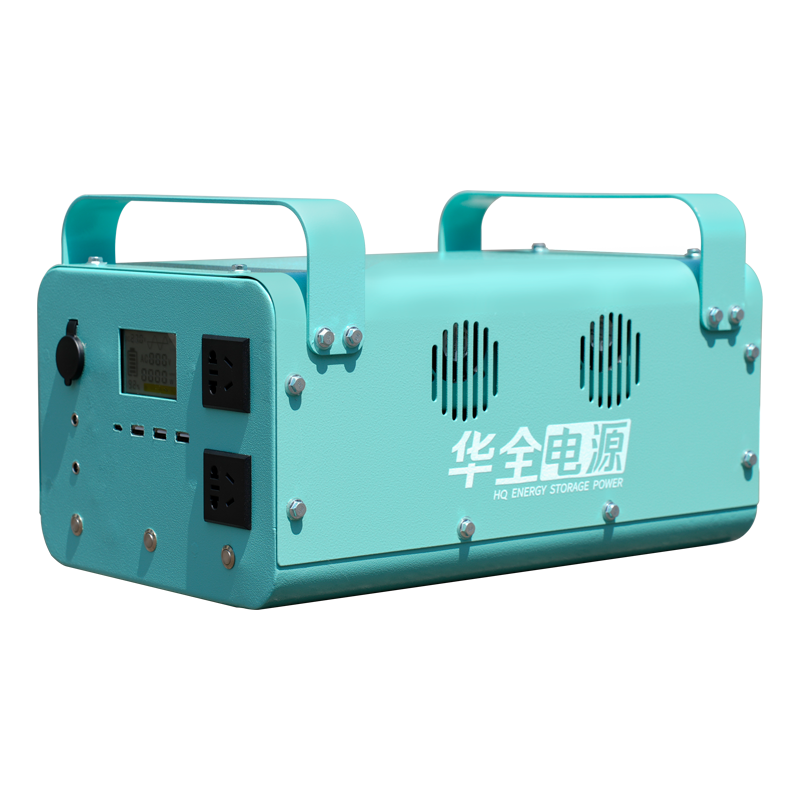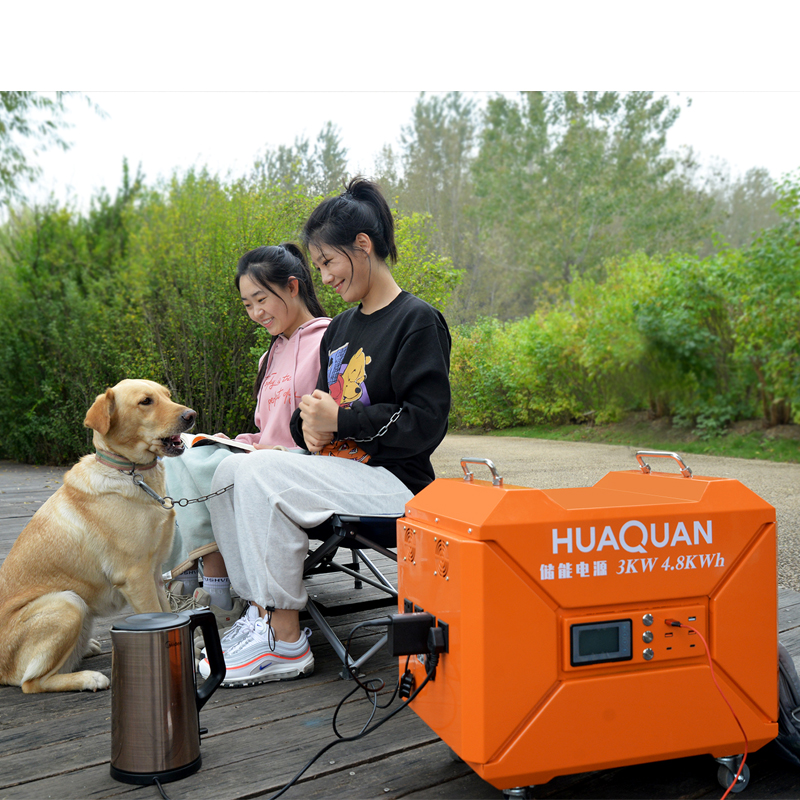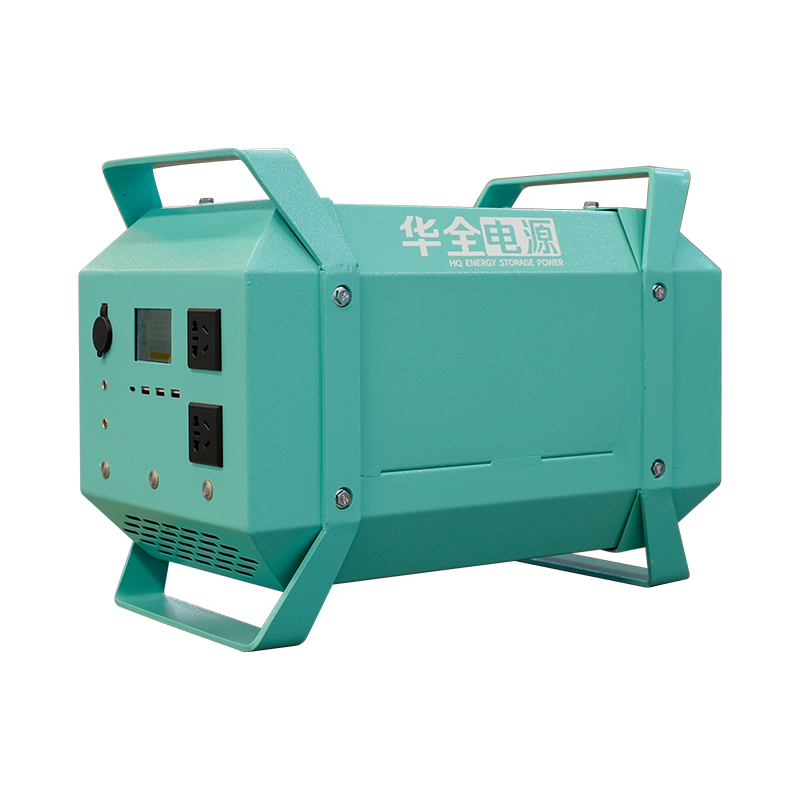1.What should I do if a portable power station cannot be charged or the battery drops quickly after long-term storage?
Lithium batteries are most afraid of overdischarging (depletion of power) and long-term full charge storage. Overdischarging can seriously damage the chemical system of the battery, resulting in the inability to charge. Long term full charge storage will accelerate battery aging and capacity degradation.
The correct approach:
Optimal storage capacity: Keep around 50% -60%.
Regular charging and discharging: Even if not in use, a charging and discharging cycle should be performed every 3-6 months (using about 30% and then charging back to 50% -60%) to activate the battery.
Storage environment: Keep in a dry, cool place, away from high temperatures and direct sunlight.
2.How to determine whether a portable power station can drive electrical appliances and how long it can last?
When looking at power, it is necessary to ensure that the rated power of the appliance (especially the starting power, such as the starting power of refrigerators and electric water pumps, which may be 2-3 times the rated power) is less than the rated output power of the portable power station.
Example: A rice cooker with a rated power of 500W can be driven by a 600W power station, but it must not be driven by a 300W power station.
Calculation of usage time: usage time (hours)=(power station capacity Wh × 0.85)/electrical power W
Example: A 1000Wh power station that supplies power to a 50W electric fan can operate for approximately 17 hours using (1000 × 0.85)/50 ≈.
3.Why is the actual usage time of portable power stations shorter than theoretically calculated?
Some inferior products may have the problem of capacity mislabeling, and as the number of charging cycles increases, the actual capacity of the battery will gradually decline.
The correct approach:
Before purchasing a portable power station, it is important to carefully compare its parameters with mainstream brands at the same price point, and spend time reading long-term user reviews in order to make the most suitable choice for your needs. If the price difference is not significant, prioritize choosing professional brands; Here, we recommend the Huaquan portable power station.
